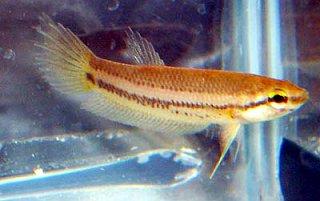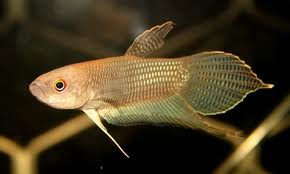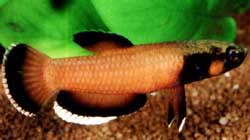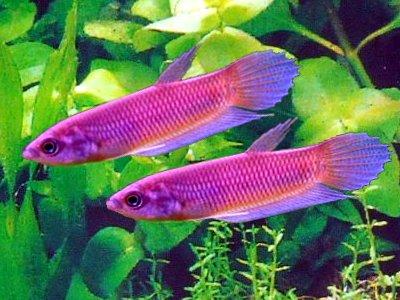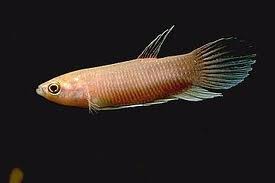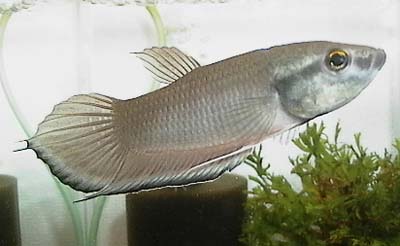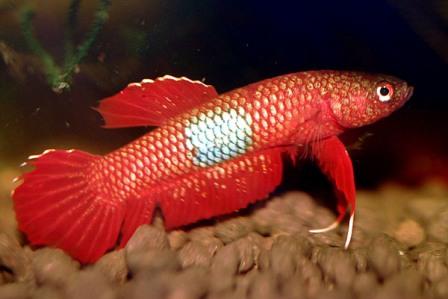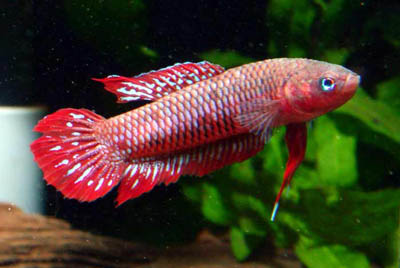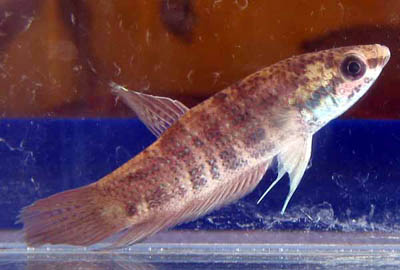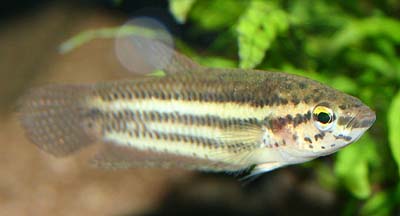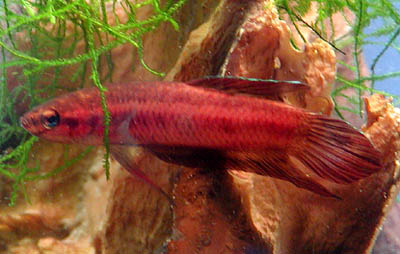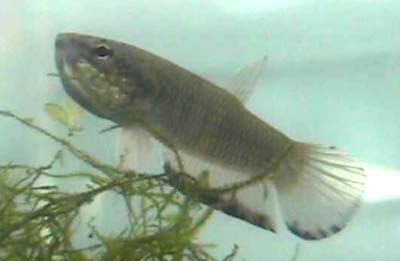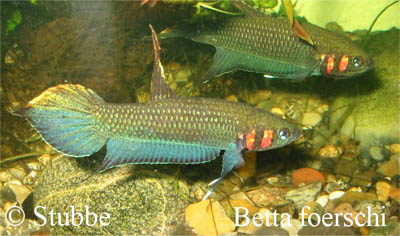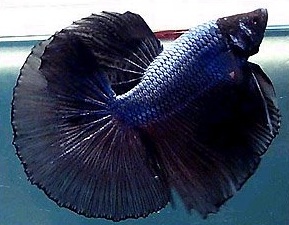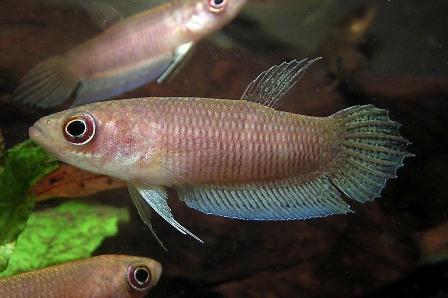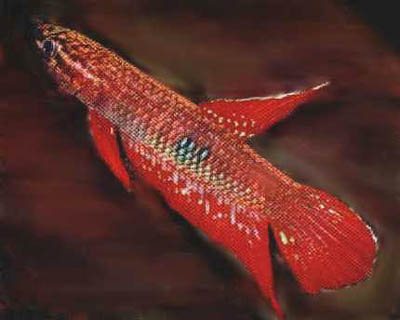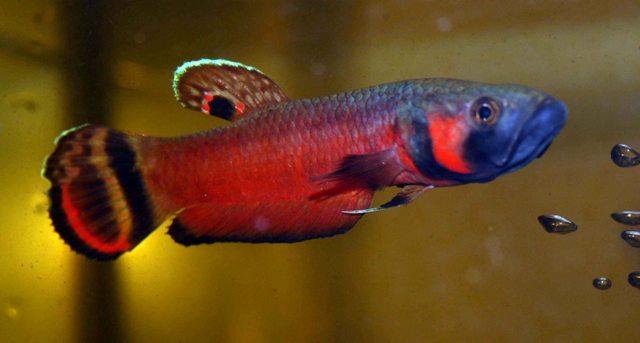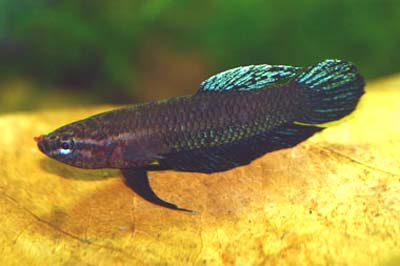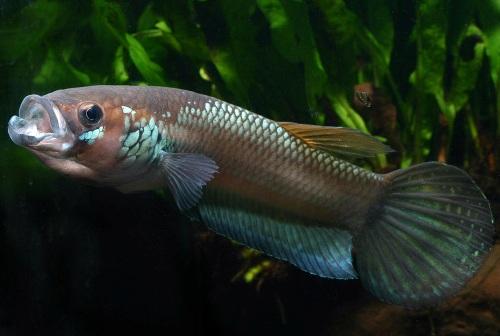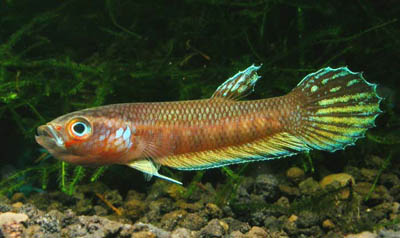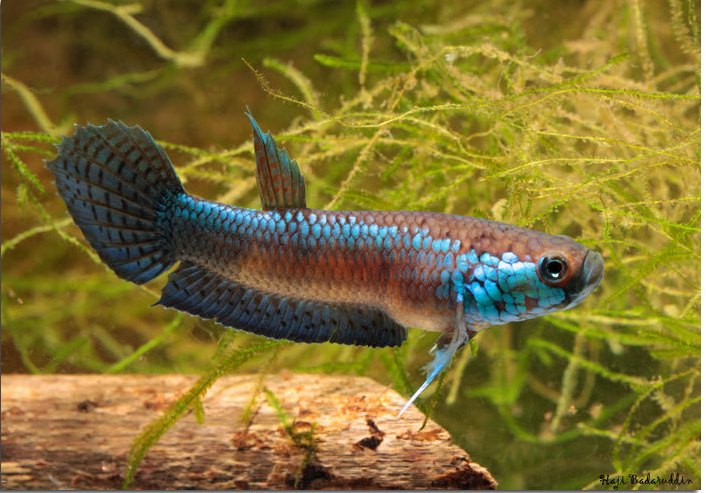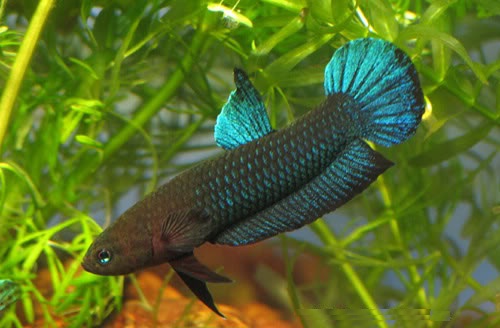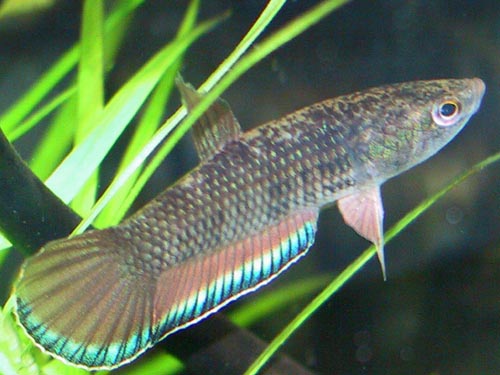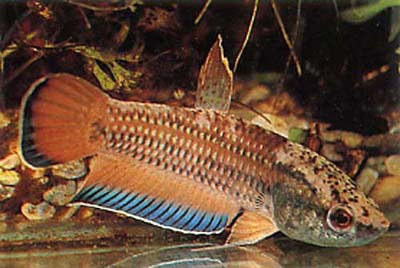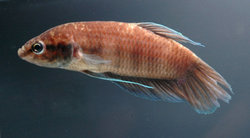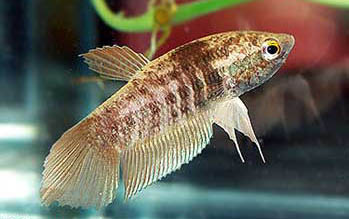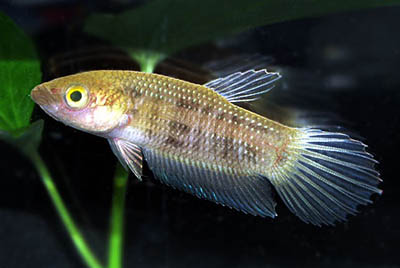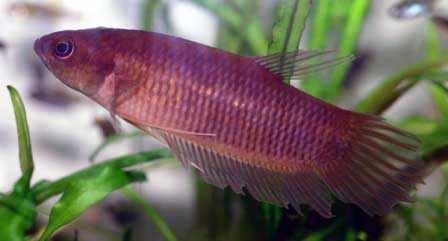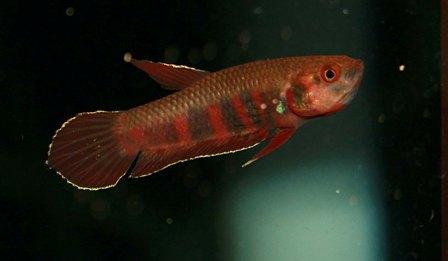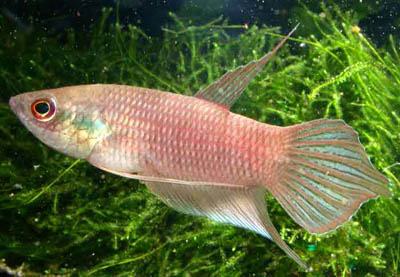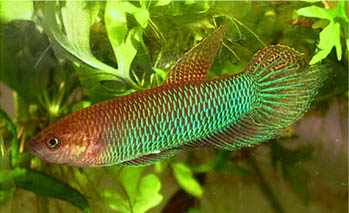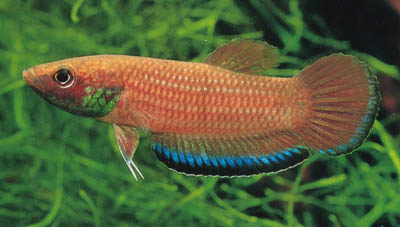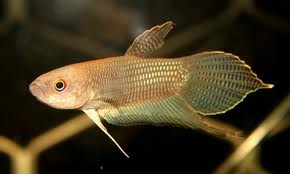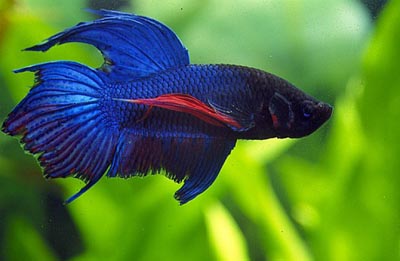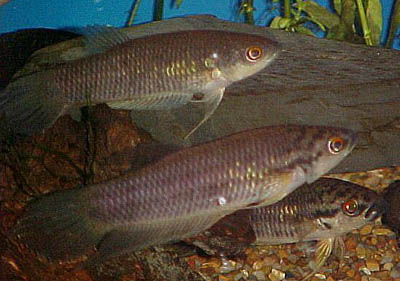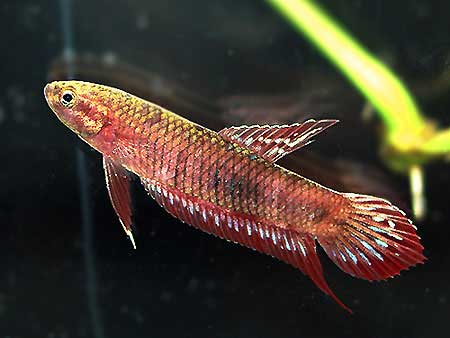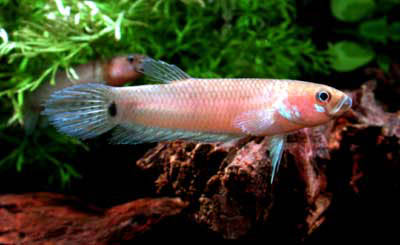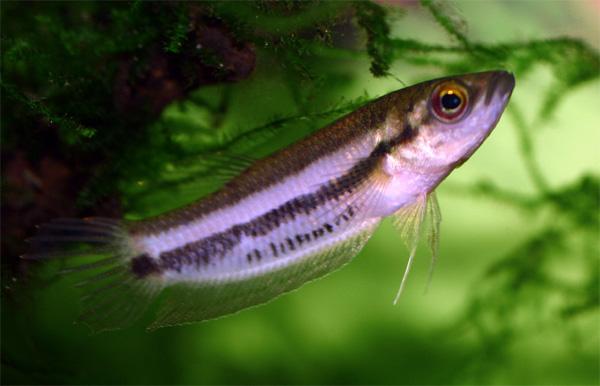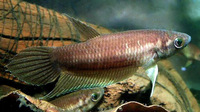Betta Fish Guru
Imagine owning a happy, healthy and active fish that lives 3 times the life span of the average pet betta. A fish that brings you enjoyment for many years to come. Betta's are commonly referred to as "Siamese fighting fish" and are highly prized not only for their brilliant colors, but for their long flowing and showy fins. They are a hardy fish, but like many other types of aquarium fish, betta's require ongoing personal attention, and looking after your warm water fish should be your top priority.
To many owners Betta's are totally irresistible. They come in a variety of shapes and sizes, and in over fifty types of colors. Whereas many other types of fish require elaborate and costly apparatus like filtration systems, tank skimmers, tank heaters and other aquarium equipment.
Check out the varieties and learn more about how to successfully breed and look after your fish. You should check what the surrounding environment is like: Examine the jars the fish are kept in. See if the water is clean and clear in appearance, and with no traces of leftover food or too much excrement. Check and see that there are no bad odors coming from the jar.
Sometimes bad odors come from dead fish. Next thing to do is carefully and thoroughly inspect your pet Pulchra. Next, check its body: It should be free and clear of any type of lumps or unusual shaped bumps. Its scales should be flat in appearance. Look for fish with missing and loose scales letting you know of any trauma and illness it may have suffered. Look for white colored patches on its body which could indicate a serious fungus infection. See if its stomach is swollen. These systems could indicate that your Livida is not healthy and well.
Color Discoloration
Healthy fish are beautifully bright colored, and have no signs of discoloration. Whereas unhealthy Chini tend to take on a pale appearance displaying spots and shades of discoloration usually seen along their body or on their actual face. Examine the Falx eyes: A truly healthy fish will display very clear eyes. You should not buy any fish whose eyes appear either sunken or over bulging. They're usually very active and should float upright, unless they're sleeping. Slowly bring the fingers of your hand close to your Pulchra to make sure that it's alive and alert. Remember, a strong and healthy fish is active and alert and will instantly react in one way or another to your movement if detected, although your crowntail may not always respond by flaring its fins.
Choosing the Right Tank
Choosing the right Tank is absolutely essential. Why? Because if you choose the wrong type it could easily make your pet fish suffer, not to mention you will be out of pocket. Decisions such as the right size of your tank, the right type of equipment for your tank, and things like the heater and water filtration system shouldn't be overlooked. It's a good idea to do your research before you decide to invest in these items. There are several good "reference books" available. Most can be found with a quick search on Google. You should read the chapters on the type of tropical fish equipment you should buy, as well as, how to properly look after your tank or Persephone bowl. Enjoy a happy and healthy pet Tomi betta fish swimming in clear and clean water. Remember choosing the right bowl or aquarium tank that will give you hours of fun and pleasure from a happy and healthy pet tropical fish.
Other Things To Consider
Looking after siamese fighting fish is pretty simple and clear-cut. However, here's some importantthings to keep in mind. Follow these simple steps and you will have a happy and healthy siamese fighting fish. Contrary to most belief, these gorgeous full-finned lovelies require a minimum of one gallon of water and a bowl to suit. Even two gallons of water would be much better. Ten gallons of water better still. But always avoid using distilled water as it's a big NO! Try and maintain an even water temperature somewhere between 78 to 84 degrees Farenheight. If you don't place your Picta in a room that's warm you will require a tank heater to maintain the temperature within the desired range. Temperature that fluctuates isn't wise for any tropical fish. That means siamese fighting fish as well. Leftover food and excrement will quickly stink, and foul-up the water thus poisoning your fish. If you have housed your fish in three gallons of water (or less) make sure that you change the entire amount of water at least once a week. Also make sure that you replace it with aged tap water of the same-temperature that has been standing for at least 24-hours. Larger tank aquariums can use the cycling method.
Siamese Fighting Fish Are Jumpers
That means that about 20 to 30 percent of the water must be changed once a week. Many do more but many also do less. But they all replenish the water supply each week. You should only use boiling hot water to rinse out your bowl or tank. Also, make sure you have a secure lid because you don't you may lose a fish or two since these Siamese fighting fish are real jumpers. However, do not fill their aquarium tank or small bowl right up to the lid. They need to breathe the surface air too. Make sure that you leave enough room to accomplish that. Keep these points in mind and you will have happy and healthy siamese fighting fish.
Copyright © Bettafishguru.com

